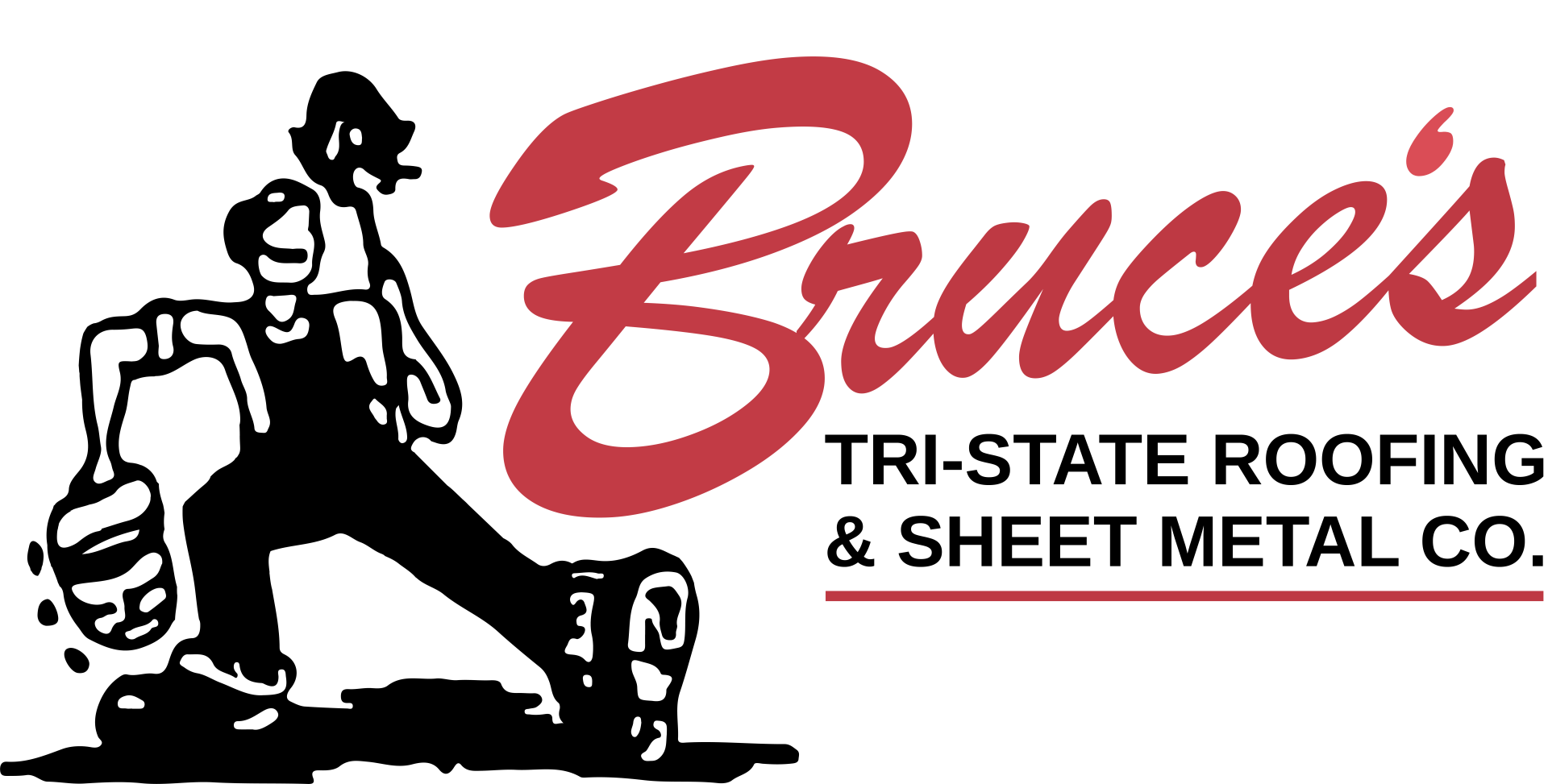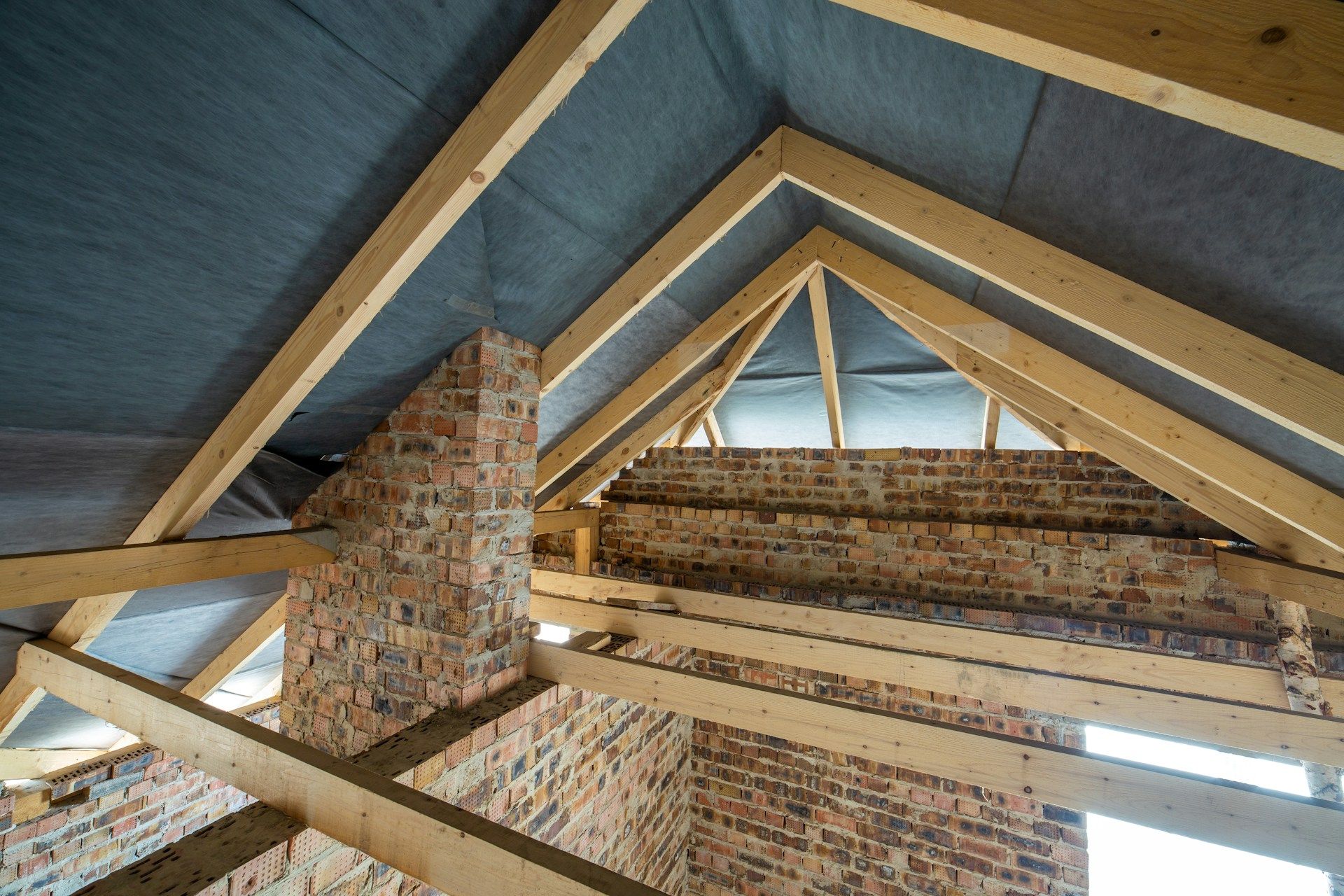When a hailstorm hits in Owensboro, it often leaves signs of damage across cars, yards, and rooftops. While a few dents or missing shingles might not seem urgent, those small issues can turn into much bigger problems if left alone. Your roof takes the majority of the blow during a hailstorm, and even light damage can affect your home’s protection against future weather.
That’s why taking fast steps to address roof hail damage in Kentucky is so important. Acting soon after a storm can lower your chances of leaks, mold, and expensive repairs later. Even if everything looks mostly fine, some damage might not show up right away. Here’s what to do once the storm rolls out and it’s safe to step outside.
Assessing the Damage
Once the weather clears, do a visual check of your home’s exterior. You don’t need to get up on the roof to know something’s wrong. In fact, staying on the ground or using a steady ladder is safer.
Grab a pair of binoculars or use your phone’s camera zoom to get a better view from below. Walk slowly around your home and take a good look at all sides of the roof and gutters. Be sure to inspect everything from different angles in daylight if possible. Look out for the following:
- Shingles that are broken, cracked, or missing
- Areas where shingle granules are wearing off
- Granules gathered in your gutters or on the ground
- Dented or bent gutters and downspouts
- Damage around flashings, skylights, or vents
Be sure to take clear, dated photos. Snap wide-angle shots of your roof along with close-ups of damage. These will help if you decide to file an insurance claim or call in professionals. One homeowner in Owensboro thought it was just a few marks on the shingles, but closer photos revealed damage near the vent pipe flashing. That small catch helped them avoid long-term leaks and ceiling damage later on.
Temporary Protection Measures
If you see spots where water might leak in, try putting up temporary protection. These quick fixes won’t solve the whole problem, but they can keep things safe and dry until a roofer arrives.
Here are some ideas to hold you over:
- Place a tarp over damaged sections of the roof. Tuck it in and weigh it down with boards or bricks so it stays secure.
- Use roofing tape, sealant, or even plastic sheeting to seal small cracks or holes.
- Inside the home, put buckets or pans under any active leaks to keep your floors dry.
Only do this if you feel safe. Avoid climbing the roof during wet or windy weather. If any part of the surface looks unstable or you’re unsure how to secure a covering, step back and wait for professional help. These are meant to hold things over — not fix the issue for good.
Calling In Professional Help
Once temporary measures are in place and the storm has passed, your next call should be to a trusted roofing professional. They’re trained to spot both the obvious and hidden signs of hail damage that a homeowner might miss.
A proper roof inspection by a pro usually includes:
- Checking every part of the roof, even those not visible from the ground
- Looking over the flashing around vents, chimneys, and skylights for weak spots
- Peeking into the attic if needed to identify leaks or water stains
- Inspecting your gutter system for dents, blockages, or misalignments
Many hail-damaged roofs look fine at a glance but hide issues under the surface. Shingles can appear okay but have bruises that weaken the material. Moisture can seep through the underlayer without leaving obvious signs at first. That’s why calling in someone who knows what to look for is so important. A reputable roofing contractor will give you a straight answer about your roof’s condition and go over the best way to handle the repairs or replacement.
Handling Insurance Claims After Hail Damage
Figuring out your homeowners insurance after a storm can seem like a hassle, but getting organized early makes the process much smoother. Those photos you snapped during your walkaround will help lay the groundwork for your claim.
Here are some tips for getting started:
1. Call your insurance company shortly after the storm. Waiting too long can make it harder to prove which damage came from which storm.
2. Provide damage photos and any notes you took, including storm dates and other facts.
3. Ask if they’ll assign an adjuster and when you should expect that visit.
4. If a roofer has already done an inspection, provide their report and any pictures they shared.
It helps to know what your coverage includes. Some policies handle hail under general storm damage coverage, while others may treat it separately. Either way, having a clear folder with your photos, reports, and paperwork will take a lot of pressure off when speaking with the adjuster. Keeping all records in one place gives you the backup you need if questions come up about coverage or costs.
Simple Ways to Prevent Future Roof Hail Damage
You can’t stop hail from falling, but you can get your roof ready for it. A few upgrades and regular maintenance can make a big difference during future storms in Kentucky.
Some smart moves to consider include:
- Booking roof inspections twice a year, especially before and after hail season
- Swapping out worn shingles for impact-resistant ones if your roof is due
- Adding protective coatings to extend shingle life and improve resistance
- Keeping gutters and downspouts clean and free of debris for proper drainage
- Venting your attic correctly to prevent trapped moisture and heat
It's okay to take it one step at a time based on your budget and needs. Start with anything a professional roofer recommends after their inspection and see what changes offer the most protection for your home. Peace of mind goes a long way during storm season.
Keep Your Roof Hail Safe with Bruce's Tristate Roofing
Hail damage to your roof isn’t always easy to spot right away, but that doesn’t mean it’s harmless. Acting fast, inspecting your property, and getting the right temporary fixes in place can stop a small problem from becoming a major one. From documenting your roof’s condition to working with your insurance company and calling in trusted roofers, every step helps safeguard your home.
A few simple updates now can strengthen your roof’s defense before the next round of storms passes through Kentucky. Staying prepared and connected with roofing experts you can trust puts you one step ahead. If you need help after a hailstorm, our team is ready to make sure your home stays protected and your roof holds strong all year long.
Don't let hailstorms put your home at risk. If you're concerned about
roof hail damage in Kentucky, reach out to the experts at Bruce's Tristate Roofing. Our team will ensure your roof is ready to handle whatever Mother Nature throws your way. Start by exploring our residential roofing services to see how we can help keep your home safe and sound.





